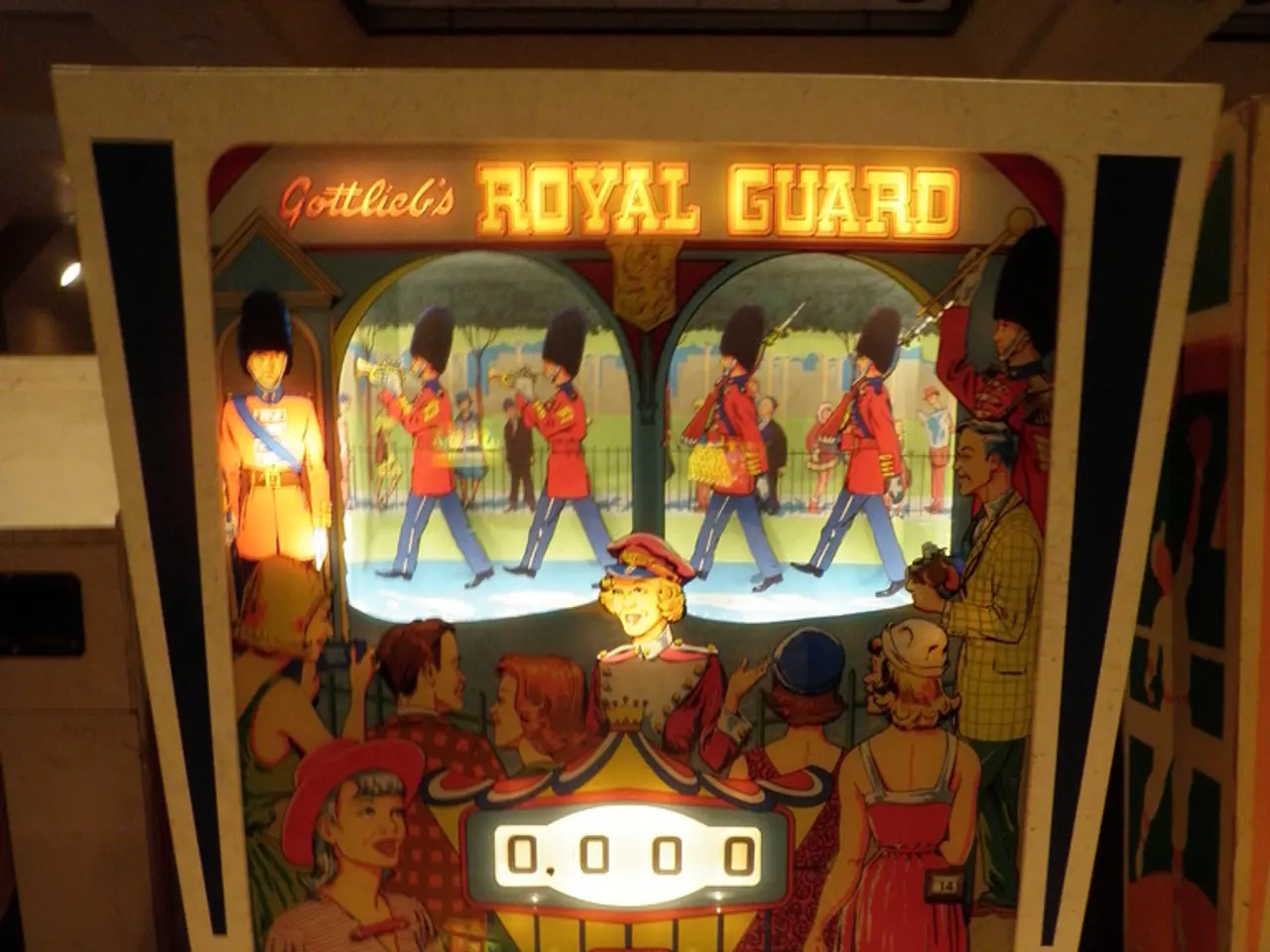Algorithmic Model for Pattern Recognition in Computer Science: CNN in Artificial Intelligence
Computer Vision Applications Rely on Convolutional Neural Networks (CNNs)
Deep learning models, specifically Convolutional Neural Networks (CNNs), serve as a cornerstone for modern computer vision applications. They are instrumental in detecting and analyzing features within visual data.
Components of a Convolutional Neural Network
- Convolutional Layers: Each image received is processed through these layers via convolutional operations using filters or kernels. The goal is to identify features such as edges, textures, and more intricate patterns while maintaining the spatial relationships between pixels.
- Pooling Layers: These layers reduce the computational complexity and the number of parameters within the network by downsampling the spatial dimensions of the input. A common pooling operation is max pooling, where the maximum value from a group of neighboring pixels is selected.
- Activation Functions: Introducing non-linearity to the model through these functions allows it to learn more complex relationships in the data.
- Fully Connected Layers: Connected to every neuron in the preceding layer, these layers are responsible for making predictions based on the high-level features learned by the prior layers.
Working of CNNs
- An input image, preprocessed for uniformity in size and format is fed into the CNN.
- The input image is then processed through the convolutional layers, with filters applied to extract features such as edges, textures, and shapes.
- The feature maps generated by the convolutional layers undergo downsampling through the pooling layers, reducing dimensionality.
- The downsampled feature maps are passed through fully connected layers to produce the final output, such as a classification label.
- The outcome delivered by the CNN is a prediction, such as the class of the image.
Training a Convolutional Neural Network
CNNs are trained using supervised learning, where a set of labeled training images is provided. The network learns to map input images to corresponding labels.
The training process for a CNN involves:
- Preparing the training images to ensure consistency in format and size.
- Measuring the performance of the CNN using a loss function, which is typically the difference between the predicted labels and the actual labels of the training images.
- Updating the CNN weights through an optimizer to minimize the loss function.
- Backpropagation, a technique used to calculate gradients of the loss function with respect to the CNN weights, enabling their subsequent optimization.
Evaluating CNN Models
Efficiency of CNNs can be assessed through various criteria, with accuracy, precision, recall, and F1 Score being among the most popular metrics.
Case Study of CNN for Diabetic Retinopathy Detection
CNNs have proven successful in the detection of diabetic retinopathy by analyzing retinal images. By training on labeled datasets of healthy and affected retina images, CNNs can accurately identify signs of the disease, aiding in early diagnosis and treatment.
Different Types of CNN Models
- LeNet: Developed by Yann LeCun and colleagues in the late 1990s, LeNet was one of the first successful CNNs for handwritten digit recognition. It formed the basis for modern CNNs and achieved high accuracy on the MNIST dataset (containing 70,000 images of handwritten digits).
- AlexNet: This CNN architecture, developed by Alex Krizhevsky, Ilya Sutskever, and Geoffrey Hinton in 2012, was the first CNN to win the ImageNet Large Scale Visual Recognition Challenge (ILSVRC), a major image recognition competition. It consists of several layers of convolutional and pooling layers, followed by fully connected layers.
- Resnet: Renowned for effectively training deep networks without overfitting, ResNets (Residual Networks) introduce skip connections that simplify learning residual functions, making it easier to train deep architectures.
- GoogleNet: Achieving high accuracy in image classification with fewer parameters and computational resources compared to other state-of-the-art CNNs, GoogleNet (also known as InceptionNet) is recognized for its ability to learn features at different scales simultaneously to enhance performance.
- VGG: Developed by the Visual Geometry Group at Oxford, VGGs use small 3x3 convolutional filters stacked in multiple layers, resulting in a deep and uniform structure. Variants like VGG-16 and VGG-19 achieved state-of-the-art performance on the ImageNet dataset, illustrating the power of depth in CNNs.
Applications of CNN
- Image Classification: CNNs are the standard models for image classification, capable of classifying images into different categories, such as cats and dogs.
- Object Detection: It can detect objects in images, such as people, cars, and buildings, and also localize objects within an image.
- Image Segmentation: This technique is used to segment images, identifying and labeling different objects within an image. This is useful for applications such as medical imaging and robotics.
- Video Analysis: It can analyze videos, such as tracking objects within a video or detecting events within a video. This is valuable for applications such as video surveillance and traffic monitoring.
Advantages of CNN
- High Accuracy: They can achieve high accuracy in various image recognition tasks.
- Efficiency: They are efficient when implemented on GPUs.
- Robustness: They are resilient to noise and variations in input data.
- Adaptability: They can be adapted to different tasks by modifying their architecture.
Disadvantages of CNN
- Complexity: It can be complex and difficult to train, particularly for large datasets.
- Resource-Intensive: They require significant computational resources for training and deployment.
- Data Requirements: They need large amounts of labeled data for training.
- Interpretability: They can be difficult to interpret, making it challenging to understand their predictions.
Stack technology, together with artificial-intelligence, facilitates the development of advanced Convolutional Neural Networks (CNNs) that are instrumental in diagnosing diseases like diabetic retinopathy by analyzing retinal images. These advanced CNN models, such as GoogleNet and AlexNet, have proven effective in multiple applications including image classification, object detection, and video analysis due to their high accuracy, efficiency, and adaptability. However, the complexity and resource-intensive nature of training these models can pose challenges.




